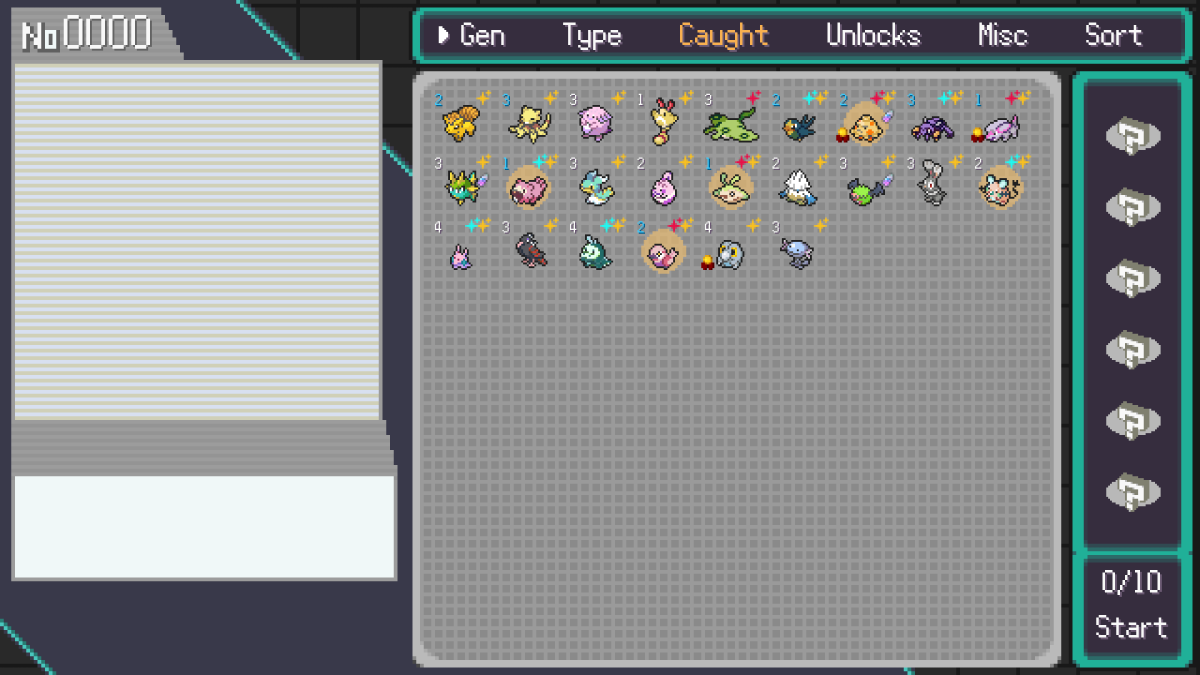That ominous white envelope doesn’t have to be quite as traumatizing as it seems, however. There are plenty of little things everyone can do to cut back on energy usage. As a proudly self-proclaimed tree-hugger, I’m very interested in the environmental perks of saving on energy as well, but I recognize that an empty wallet is often a much better motivator than the planet’s well-being. So we’ll just stick with that.
I won’t spend much time on the more obvious energy-saving methods, since that would just be needless repetition (not to mention it would result in an incredibly boring column). I’m fairly certain almost everyone is aware that it’s a good idea to turn the heat off when the house is empty and that weather-proofing windows with plastic will help keep the heat in.
However, there is one piece of fairly common knowledge that I think does bear repeating, since there has been some dispute about the accuracy of the claim. I hope to settle the issue once and for all.
Appliances that are left plugged in when they’re off really do continue to suck energy, and it can make a noticeable difference. A study at the University of California, Berkeley found that six to 20 percent of the monthly energy bill in a typical home comes from appliances that are left plugged in when not in use.
That can result in a fair amount of money over time, so it pays to unplug things when you’re not using them. An easy way to do this is to plug everything into a power strip – a surge protector is a very good idea in this instance – and just flip the switch on the strip when you leave the room or go to bed. It’s even easier if you have a light switch that controls an outlet, since you can just plug the power strip into that and turn everything off that way.
Moving on to some lesser-known energy-saving methods, I’ll tackle the most prominent winter issue first: staying warm. Most people are familiar with weather-proofing windows and doors, but what about weather-proofing the radiator?
Obviously the radiator works better if nothing’s blocking it, so be sure to keep the area around the unit clear. It can also help to stick aluminum foil between the radiator and the wall. This will reflect heat back into the room, where you actually want it, instead of you paying to heat the outside as well as the inside of your home.
Additionally, as strange as it may sound, turn on your ceiling fan if you have one. Heat rises, so a ceiling fan set at a low speed can help to push that warm air back down.
Something that’s fairly easy to overlook when searching for high-energy traps is water heating. According to Consumers Energy, water heating accounts for about 14 percent of a typical family’s energy expenses. Though the easiest way to cut back on that expense is to take shorter showers, that can be difficult to manage. There are definitely times when a hot shower feels so relaxing it can be hard to step out into the cold air.
An easy alternative is to install a low-flow aerator or flow restrictor to the showerhead. Both cut back on the amount of water used while still maintaining the comfort of a warm shower. They’re fairly cheap, running from $5 to $10, and they can be found at most hardware stores.
Another area of high-energy use is the kitchen, especially the fridge. Try not to open the fridge just to browse. If you can, decide what you want before you open the door, and get it out quickly. It also helps to let hot foods cool before you put them in the fridge, so the motor doesn’t have to work harder to cool them down.
Additionally, the fridge can safely be set as warm as 38 to 42 degrees, and the freezer will be fine between zero and five degrees. Anything cooler than that is an unnecessary use of energy.
A full freezer will also maintain cold air longer than an empty one. If you’ve got a lot of empty space in the freezer, fill it with water bottles to help keep the freezer cold while using less energy.
There are plenty more methods of reducing energy use, and I obviously can’t include all of them in one column. I hope, however, that I have imparted at least some new knowledge, and maybe I’ve helped with the quest for a fuller wallet.
With just a few simple changes, you can hopefully reduce monthly energy expenses and use that money for more entertaining purposes. And, hey – you’ll help the environment out a bit while you’re at it.






